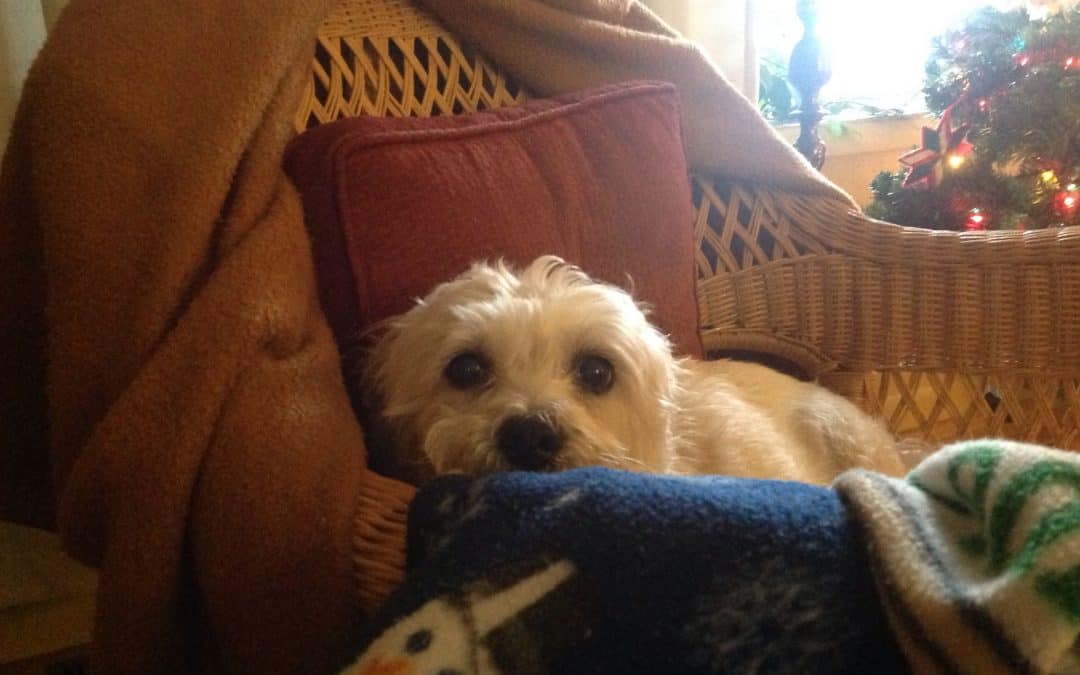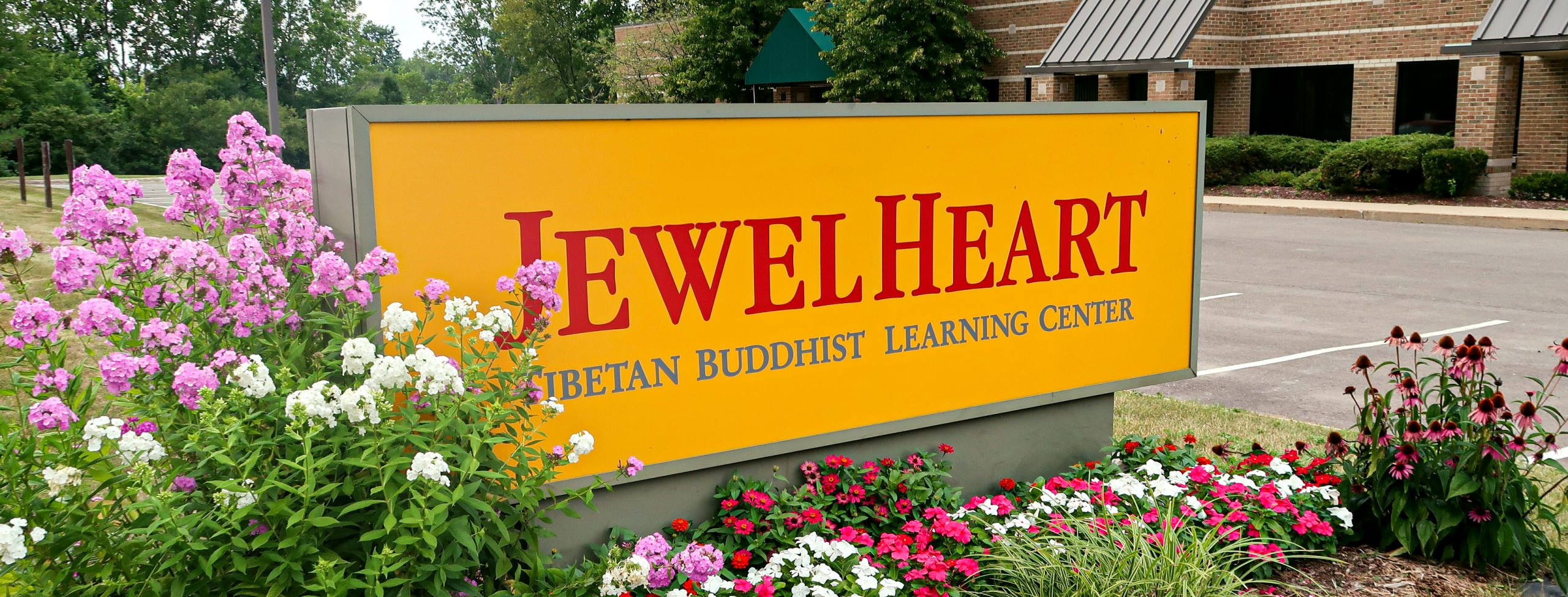
My Left Footed Buddhist Journey
Before I began my Buddhist practice, it was as if my left foot was stretched out behind me, rooted in the past while my right foot was outstretched in front of me, standing in the future, thereby preventing any recognition, let alone immersion in the beauty of the now. My mind was a constant flurry of activity, assaulted by thoughts of the past and plagued by concerns regarding the future. Honestly, my mind was like a house in which all the doors were closed and locked. Behind each door were rooms named regret, worry, anxiety, fear and so on.
At the beginning of my practice, a wise gentleman told me quite plainly “You are in the circle of doing, where you want to be is in the circle of being.” He said “Be like the lotus sitting in water without touching anything.” This was very helpful advice and continues to inform my practice. My friend was correct. At the time, my mind and therefore, my life was an exemplary model of the absence of being. I suffered from a lack of awareness and the ability to practice mindfulness. I had not experienced the comfort and benefits of “doing nothing.” The remedy has been meditation which has increased mindful awareness. One of my favorite practices is mindful eating. I learned about this from Daniel Goleman‘s book Meditative Mind. The concept is simple. When you eat, you are only eating. No multitasking, no television, no cell phone. One minimizes all distractions to whatever extent possible. In my case, I will often eat alone without conversation. Before eating, I pause to express gratitude for the meal before me. I am thankful that I have nutritious food and for the people and opportunities that have allowed me to be able to eat well. I also thank the farmers without whom, in our society, no one would have food to eat. I thank Mother Earth and the provision of good soil, sun and rain. I eat slowly, aware of the aroma, texture and flavor of each bite. I chew each bite many times, totally aware that I am eating. I steady my concentration on eating. When I am distracted by a thought, sound, etc. I refocus my mind toward eating. In this way, I am fully engaged in the activity of eating, which, as you probably know, has many benefits.
Another simple way in which I have cultivated mindfulness has been through reading with full concentration. Have you ever read a sentence or paragraph, as you are doing now, and paused to realize that you do not remember anything you just read? This, of course, is due to a lack of attention. When mindful, one will read each word with undivided attention. I think of mindfulness as wholehearted concentration or deep concentration. One is fully engaged with total devotion of mind, body, and spirit to a singular second or moment in time. I have found that this not only increases our ability to remember experiences and events, but causes these experiences, events, and moments to be more palpable and enjoyable.
In today’s world, mindfulness seems to be an ever increasing foreign concept. We reside in a society where the cell phone, the ipad, portable electronic devices have become an indispensable third hand. Distractions from the present moment and from each other increase while our attention spans decrease. I believe we are travelling through a time where we are less aware of our connection to other sentient beings and there exists a reinforcement of our individual egos. In addition to this, the pressure to achieve is ever present. I know that mindfulness was certainly contrary to the manner in which I was raised both within my family, the educational system, and in Western Capitalistic society. I was inculcated with the idea that one’s self worth was inextricably connected to achievement. I would be measured by outward accomplishments, a successful career and it’s the subsequent provision of material wealth, and my ability to raise children. Meditation and mindfulness were not a part of this equation. In fact, sitting in omphaloskeptic silence would be construed as an indolent, irrational activity. Time is money after all. Or is it?
Meditation, specifically mindfulness, reintroduced me to the recognition that success, happiness, and the fullness of life IS being connected and fully engaged in the present. Appreciate, participate in the now. RIGHT NOW. Inhale, Exhale, Genuine Smile, LOVE. BE. Or as Sir Paul instructs, “Let it Be.”
This presence, in turn, has opened my eyes to an ever-increasing awareness of each thought and how thoughts can either limit or strengthen compassion, love, connection, and gratitude for others, and not only for those whom we call friends, but for those who are strangers to us and for those who we may view as enemies. As His Holiness, The Dalai Lama of Tibet says “We should view those who harm us as our most precious teachers.” These are the people who challenge us to learn the true lessons of tolerance and unconditional love. These are the people that help us to stamp out our self-cherishing ego and recognize the flaws within our own psyches. As Martin Luther King, Jr. taught, “Only love can drive out the darkness of hate.”
I have noticed a dramatic change in my compassion, love, and connection to others, as well as my automatic ability to express gratitude when I am in public, but most notably when I ride the city bus, which I do regularly. As I stated previously, I believe this is due to my meditation practice.
I view no one as a stranger. I see now that no one wishes to suffer. All beings do indeed want happiness. We all exist at different levels of understanding regarding what causes our suffering and the remedy for our suffering. As my teacher, Kyabje Gelek Rinpoche teaches, our anger and attachment cause our suffering. This is our spiritual illness that requires treatment. The treatment is our Dharma practice. All people are my sister’s and brothers; former mothers from a previous lifetime. My practice has allowed me to see and know this. My experiences on the bus are Buddhist teachings. I will provide three examples of lessons in compassion, love and gratitude gleaned from the public bus.
Recently, a young gentleman hopped on the bus and it happened to be a rush hour; nearly every seat was taken. It soon became apparent that this young fellow was quite inebriated. He began shouting out statements of a very dark and personal nature; disclosures one might expect to hear in a psychologist’s office. He then became belligerent and began to yell and swear, at which point the bus driver insisted he exits the bus at the next stop. At first, the man resisted the request and directed a verbal assault at the bus driver, but not long afterward left the bus. I experienced such an overwhelming feeling of compassion for this stranger. I said Tibetan Buddhist prayers for him. I wanted the understanding in my heart to reach his heart. Yet, I know that if I had witnessed this scene earlier in my life, I could not have recognized the two of us as being similar. I may have felt fear, annoyance or superiority, but this was not the case. I wished him happiness, and freedom from suffering, hate, and attachment. I wished that he would find a way to learn to love himself as I had. I continue to mentally exchange myself with others who are in pain and I pour out genuine compassion and love for them. The bus provides many opportunities.
The second example of Buddhist practice on the bus is one of love. I have witnessed countless parents traveling with young children, the majority of whom are mothers. I dare say this requires more planning and energy than having access to a car. Again, I feel a strong sense of love, compassion, and joy for these parents and their children. I have been privy to many tender exchanges, and of course, some unpleasantries and reprimands between parent and child. Whatever the current mood or circumstance, I often offer a smile, a kind word and in my mind a prayer. My friend, Paul, has recently been guiding and teaching me a Tonglen meditation which primarily involves mothers, so I have also been engaging in this meditation more often when I see mothers on the bus. It is extraordinarily beautiful and fills me with radiant joy, hope, and positive energy.
The final example I will share is my mindful practice of gratitude. I have had the privilege of riding the bus with many folks in wheelchairs, men and women dependent on walkers, those who have visibly debilitating physical illnesses, and those who are blind. This is a very humbling experience. I find these folks to be both determined and courageous. I am particularly inspired by those who are blind, as I realize I am very attached to my sight and often wonder if I could adjust to being blind. Would I have the courage to ride the bus alone? At any rate, these folks have taught me to express gratitude more often. I am so blessed to be healthy and I never want to take my legs, arms, eyes, ears, etc. for granted.
If I rode the bus with my head and mind buried in my phone, and/or with a lack of mindful awareness, I may miss the chance to experience compassion, love, gratitude and a connection with my fellow passengers. Lest I sound superior or egotistical with regards to my practice, however, I would like to honestly admit, depending on my state of mind, I still default to judging others at times, until I catch myself. I still have a great deal to learn and years of room for improvement. The change I do experience brings hope, greater joy, and less anxiety.
My mind is on its way to becoming “an open doorway,” as Kyabje Gelek Rimpoche teaches. Perhaps the formerly closed/locked doors of perception are opening. Perhaps the room previously named regret will be accepted, the room of worry will be NOW, anxiety will change to peace, and fear to courage. And so, dear friend, Be where you are now. See, hear, taste, touch, smell the present. It is so beautiful. You don’t want to miss it!?
Ann Ruth Esckilsen
August 29, 2017. 12:38 pm


